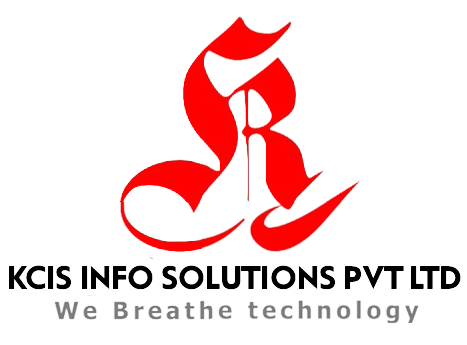Web Solution

Web solution" is a broad term that generally refers to a range of services, technologies, and strategies used to address various challenges or objectives related to websites and online presence. It can encompass everything from creating a basic website to developing complex web applications. Here are some key components and aspects of web solutions:
Website Development: Creating and designing websites that can range from simple static pages to dynamic, interactive sites. This involves front-end (client-side) development for user interfaces and back-end (server-side) development for functionality and data processing.
E-commerce Solutions: Building online stores and integrating payment gateways to facilitate online transactions. E-commerce solutions include shopping carts, product catalogs, and inventory management.
Content Management Systems (CMS): Implementing CMS platforms like WordPress, Drupal, or Joomla to allow easy content creation, editing, and management for websites.
Web Applications: Developing web-based applications that perform specific functions or offer services. Examples include online banking systems, social media platforms, and productivity tools like Google Docs.
Mobile Responsiveness: Ensuring that websites and web applications are optimized for mobile devices, providing a seamless user experience across different screen sizes.
Search Engine Optimization (SEO): Employing strategies to improve a website's visibility in search engine results pages (SERPs) through techniques like keyword optimization, link building, and content creation.
Web Hosting and Infrastructure: Selecting suitable web hosting services, servers, and infrastructure configurations to ensure the reliability and performance of websites and web applications.
Security: Implementing security measures to protect websites and user data from threats such as hacking, malware, and data breaches.
Web Analytics: Using tools like Google Analytics to track and analyze website traffic, user behavior, and performance metrics to make data-driven decisions for improvements.
Custom Software Development: Creating tailored web solutions to meet specific business needs, which may involve building APIs, integrating third-party services, or creating unique functionality.
UI/UX Design: Focusing on user interface (UI) and user experience (UX) design to ensure that websites and web applications are visually appealing and user-friendly.
Maintenance and Support: Providing ongoing updates, bug fixes, and technical support to keep web solutions running smoothly and up to date.
The specific web solution required depends on the goals and needs of an individual or organization. Whether you're looking to establish an online presence, improve user engagement, streamline business operations, or provide online services, a well-designed web solution can help achieve those objectives. It's essential to assess your requirements and consult with web developers or agencies to determine the most appropriate solution for your particular situation.

